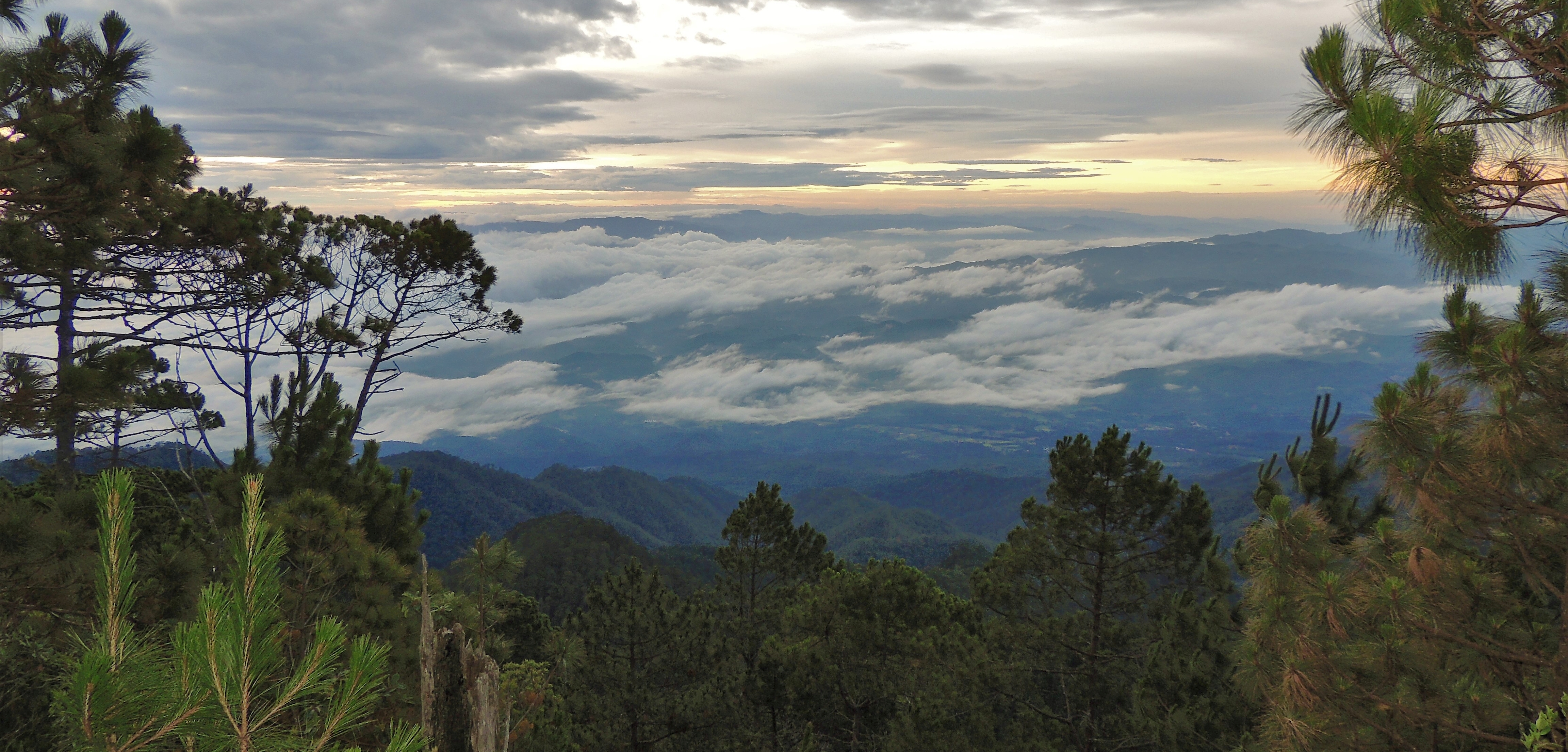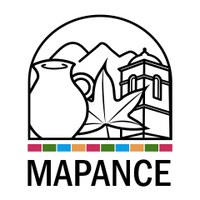Honduras

Honduras is highly prone to climatic extremes, like hurricanes, floods and droughts. The region of Cacique Lempira Señor de las Montañas Biosphere Reserve has been severely affected by climate change and data for adaptive water management is highly relevant.
The Biosphere Reserve is of environmental and socio-economic importance. It is considered a biodiversity sanctuary and it is relevant source of water for the Ulúa River (second river with highest flow in Honduras) and the Lempa River basin (biggest in the neighbour country of El Salvador). It is also the homeof 48 communities in 11 municipalities, which mainly depend on agricultural activities as source of income. The Mancomunidad de Municipios del Parque Nacional Montaña de Celaque (MAPANCE) oversees the protection, management and promotion of the park.[1]
Local initiatives have been developed to address the challenges around the protection of natural resources. The PUCA Community Foundation, for example, was created in response to a local initiative to conserve natural resources and to apply corrective measures to the high environmental vulnerability caused by Hurricane Mitch in 1998. The Foundation is integrated by organizations that represent almost 30 communities located within the protected area of the Cacique Lempira Señor de las montañas Biosphere Reserve in western Honduras.
Recently, the Alliance Bioversity + CIAT (International Center for Tropical Agriculture) and the Secretariat of Natural Resources and Environment (MiAmbiente+) of Honduras set up a platform that aims to offer information on water resources to facilitate decision making on water management in some regions of Honduras, including the area where HydroCrowd will work (https://aguadehonduras.gob.hn/). The project will contribute to a more reliable data for a more accurate hydrological modelling and water resources monitoring.
With the local support of Alliance Bioversity + CIAT and MAPANCE:


